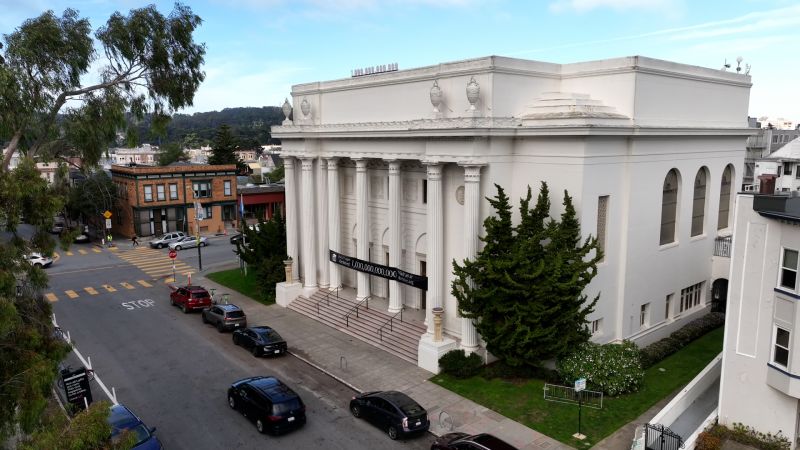San Francisco —
Just blocks from the Presidio of San Francisco, the national park at the base of the Golden Gate Bridge, stands a gleaming white building, its façade adorned with eight striking gothic columns.
But what was once the home of a Christian Scientist church, is now the holy grail of Internet history — the Internet Archive, a non-profit library run by a group of software engineers and librarians, who for nearly 30 years have been saving the web one page at a time.
Inside the stained-glass-adorned sanctuary, the sounds of church sermons have been replaced by the hum of servers, where the Internet Archive’s Wayback Machine preserves web pages.
The Wayback Machine, a tool used by millions every day, has proven critical for academics and journalists searching for historical information on what corporations, people and governments have published online in the past, long after their websites have been updated or changed.
For many, the Wayback Machine is like a living history of the internet, and it just logged its trillionth page last month.
Archiving the web is more important and more challenging than ever before.
Continue Reading on CNN
This preview shows approximately 15% of the article. Read the full story on the publisher's website to support quality journalism.
